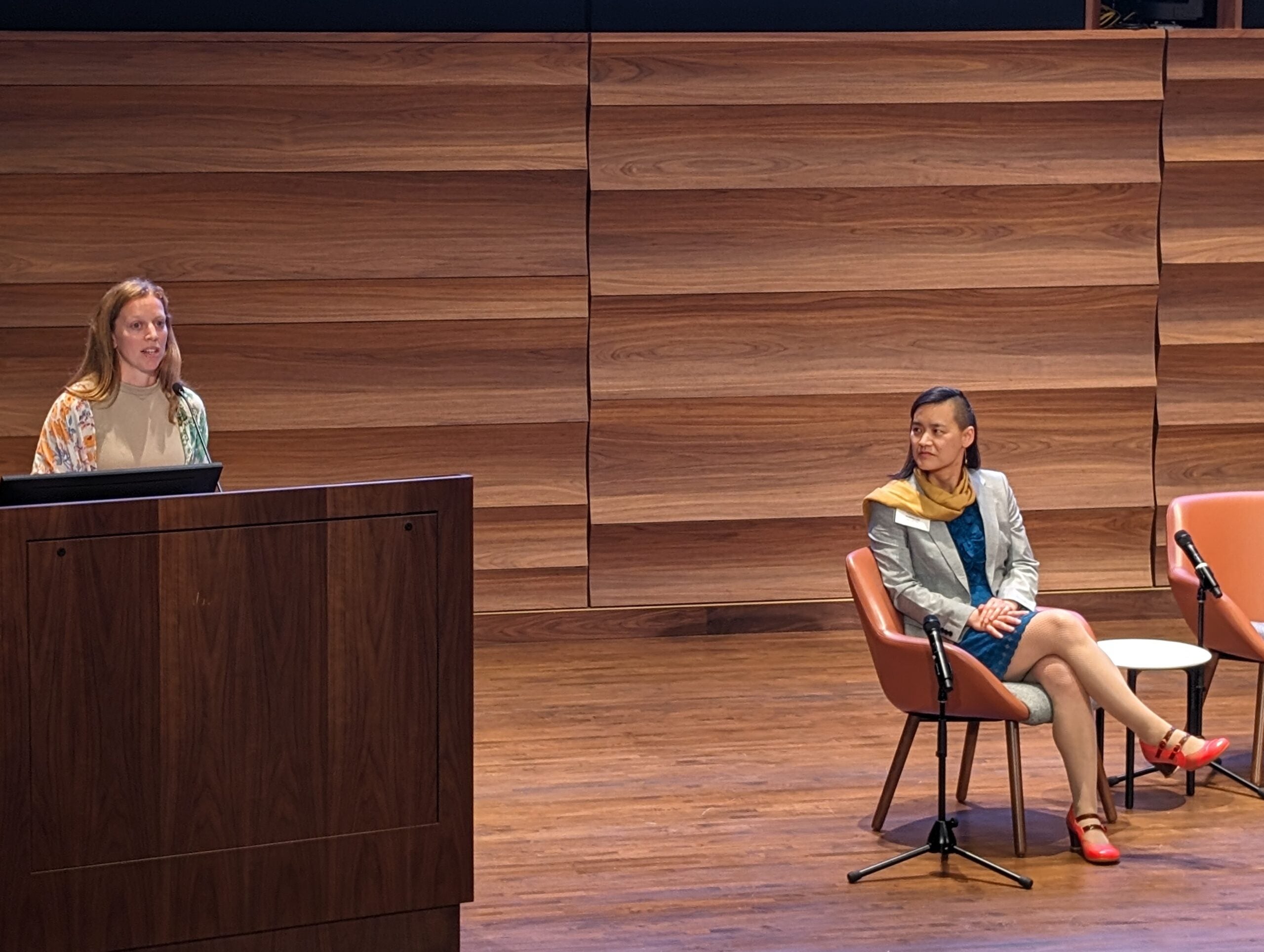Open Sustainability Policy Summit Recap and Video: Data Driven Decarbonization and Industry Collaboration
The journey towards a sustainable future is an ambitious and complex path that requires robust data infrastructure, advanced technologies, and extensive collaboration across industries. This was the focal point of the session “Path to 24/7 Carbon-Free Energy: Data Driven Decarbonization and Industry Collaboration” presented by Hallie Cramer from Google and Audrey Lee from Microsoft at the Open Sustainability Policy Summit 2024 (video follows below). Here are the key insights and strategies shared during the session:
1. Google’s Decarbonization Journey
- Initial Steps: Google’s journey towards sustainability began in 2007 with carbon neutrality, achieved through carbon offsets.
- Progression to Renewable Energy: They moved to 100% renewable energy to reduce operational emissions, setting the stage for their current ambitious goal.
- 24/7 Carbon-Free Energy by 2030: Announced in 2020, Google aims to operate entirely on carbon-free energy 24/7 by 2030. This goal reflects a non-linear and increasingly steep trajectory, requiring significant innovation and collaboration.
2. Importance of Data in Decarbonization
- Data Infrastructure: Cramer emphasized the transition from simple Google Sheets to scalable data infrastructure, enabling accurate tracking, measurement, and forecasting of carbon emissions.
- Filling Renewable Energy Gaps: Data insights help identify gaps when renewable sources like wind and solar are insufficient, promoting diverse energy solutions and advanced technologies.
- System-Wide Impact: Higher levels of hourly matching, rather than annual, lead to significant system emission reductions and earlier deployment of advanced technologies.
3. Collaborative Efforts and Industry Partnerships
- Regulatory and Policy Support: Removing policy barriers and regulatory challenges is crucial. Examples include tackling land constraints and interconnection issues in different regions.
- Innovative Models: Microsoft and Google are developing new commercial models for energy procurement, integrating solar, wind, hydro, and battery storage to ensure a consistent supply of carbon-free energy.
- Market Development: Creating a transparent, liquid market for energy attribute certificates (EACs) to facilitate trading and matching energy needs across locations and times.
4. Leveraging Advanced Technologies
- Geothermal and Next-Gen Technologies: Google’s collaboration with advanced geothermal technology providers aims to accelerate the deployment of emerging clean energy solutions.
- Azure Cloud Platform: Microsoft uses its Azure Cloud platform to match renewable energy supply with demand, ensuring carbon-free operations in various regions.
5. Future Vision and Broader Impact
- Unified Effort: The vision extends beyond individual corporate achievements. It’s about transforming the entire grid and global energy systems to achieve a zero-carbon future.
- Role of Corporates: Large companies like Microsoft and Google influence utilities and regulators, promoting integrated resource plans and investing in domestic production capacities like solar panel manufacturing.
- Open Source and Innovation: Collaboration through open source projects and industry alliances accelerates the clean energy transition, fostering transparency and technological advancement.
In summary, the path to 24/7 carbon-free energy is multifaceted, involving meticulous data management, innovative technology deployment, strategic partnerships, and robust policy support. Google and Microsoft exemplify how leading corporations can drive systemic change, paving the way for a sustainable, carbon-free future.
